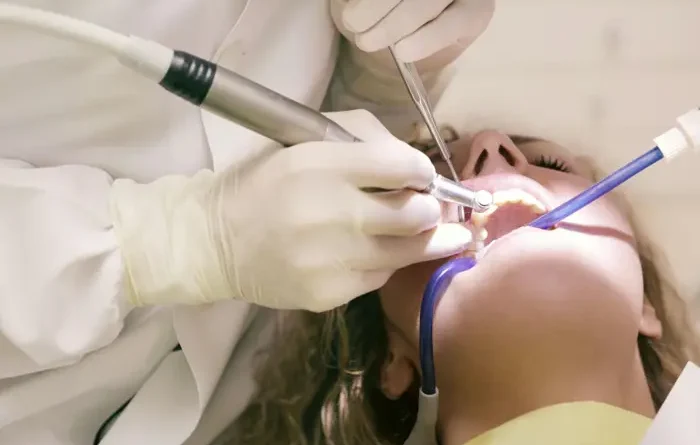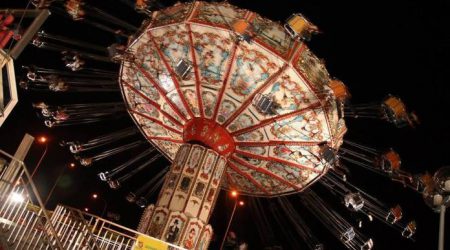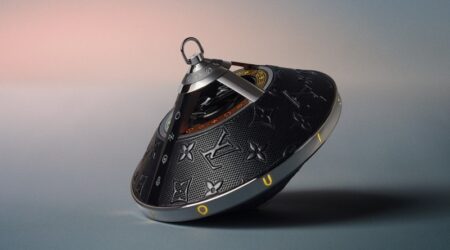QuickCheck: Are crooked teeth the result of genetic factors?
CROOKED teeth, or malocclusion, are a common dental concern that affects many individuals worldwide – so much so that there are multi-billion dollar industries built around getting and maintaining pearly whites!
This dental condition, characterised by misaligned or irregularly spaced teeth, can impact both oral health and self-esteem.
Some dentists will recommend early tooth extraction to make room for the proper growth of permanent teeth and to avoid overcrowding. However, others will say that crooked teeth are caused by genetic factors.
Is it true that your dental alignment is primarily the result of genetics?
VERDICT:
TRUE
Genetics play a significant role in determining dental characteristics, including tooth size, jaw shape, and bite alignment. These hereditary traits can predispose individuals to certain dental conditions, including crooked teeth.
For instance, if a child inherits a small jaw from one parent and large teeth from the other, the result may be overcrowding, leading to misalignment.
In such a case, it is very likely that the individual will have misaligned teeth regardless of whether the milk teeth are taken out earlier or later.
Studies have shown that traits like overbites, underbites, and crowded teeth often run in families, suggesting a strong genetic component.
However, while genetics lay the groundwork, environmental factors also significantly impact dental development. Habits such as thumb sucking, prolonged pacifier use, and mouth breathing can exacerbate misalignment issues by changing the shape of the dental arch.
Additionally, poor oral hygiene and dietary choices can affect dental health, potentially leading to premature tooth loss or decay, which can further influence alignment.
Braces or aligners, the most common methods of treating malocclusion, are very effective as they apply constant pressure to force the bone and its surrounding tissues to remodel.
However, people with crowded teeth oftentimes have to get existing teeth extracted or sliced to make space for the others to move.
People who have undergone orthodontal correction will also need to continue wearing a retainer after the treatment is complete to prevent their teeth from shifting back into their old positions.














Leave a Reply